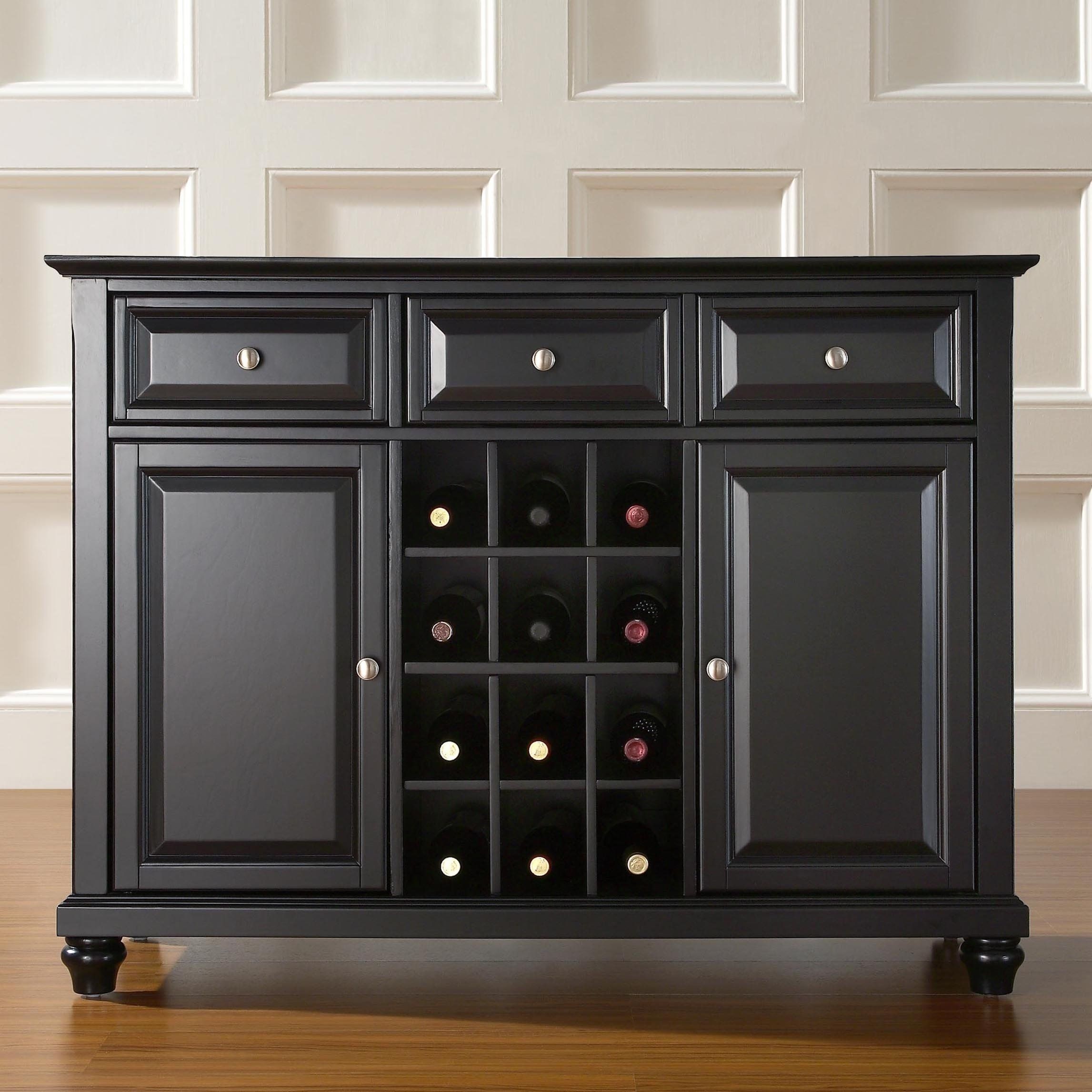Functionality and Features of Tall Wine Rack Cabinets

Selecting the right tall wine rack cabinet is crucial for preserving your collection and enhancing your home’s aesthetic. The features and functionality you choose will directly impact the longevity and enjoyment of your wines. Careful consideration of several key factors ensures a worthwhile investment.
Key Features to Consider When Selecting a Tall Wine Rack Cabinet
Choosing a tall wine rack cabinet involves careful consideration of several crucial features. These features directly impact the functionality and effectiveness of the cabinet in preserving your wine collection. A well-informed choice ensures your investment is protected and your wines are stored optimally.
- Capacity: Determine the number of bottles you currently own and anticipate needing to store in the future. Consider future growth and choose a cabinet with sufficient capacity to accommodate your collection’s expansion.
- Temperature Control: Consistent temperature is paramount for wine preservation. Look for cabinets with precise temperature control, ideally with a range suitable for both red and white wines (typically between 50°F and 65°F).
- Humidity Control: Maintaining optimal humidity levels (around 50-70%) prevents cork shrinkage and premature aging. Cabinets with humidity control features are essential for long-term wine storage.
- Lighting: Subtle, UV-resistant interior lighting allows for easy viewing of your collection without damaging the wine. Avoid harsh, direct lighting that could negatively impact the quality of your wines.
Practical Tips for Organizing and Storing Wine Bottles
Proper organization and storage within your tall wine rack cabinet are essential for maximizing space and preserving your wine. Strategic placement and mindful arrangement will ensure your collection remains in optimal condition.
- Organize by Type: Group wines by type (red, white, rosé, sparkling) to simplify selection and maintain consistent temperature zones.
- Store Horizontally: Keep bottles lying horizontally to keep the cork moist and prevent it from drying out, which can lead to oxidation.
- Utilize Vertical Space: Tall cabinets offer ample vertical space; use it effectively with multiple shelves and potentially pull-out drawers for easy access.
- First In, First Out (FIFO): Organize your collection so that older bottles are easily accessible, ensuring they are consumed before newer ones.
- Label Facing Out: Arrange bottles with labels facing outward for easy identification and inventory management.
Sample Tall Wine Rack Cabinet Layout
Imagine a tall cabinet, approximately 72 inches high and 36 inches wide. The bottom third features two deep pull-out drawers, ideal for larger format bottles or accessories. The middle third consists of three adjustable shelves, each capable of holding 20 standard-sized bottles lying horizontally. The top third features a dedicated section for storing sparkling wines at a slightly cooler temperature, with angled shelves to secure the bottles. This layout provides a blend of storage solutions, accommodating various bottle sizes and wine types.
Comparison of Built-in Versus Freestanding Tall Wine Rack Cabinets
The decision between a built-in and freestanding tall wine rack cabinet depends on your space, budget, and aesthetic preferences. Each option offers distinct advantages and disadvantages.
| Feature | Built-in | Freestanding | Advantages/Disadvantages |
|---|---|---|---|
| Installation | Requires professional installation during construction | Simple assembly and placement | Built-in: More expensive upfront, but seamless integration; Freestanding: Easier to move, more flexible but may stand out visually. |
| Cost | Generally more expensive | More affordable | Built-in: Higher initial cost but potential for increased home value; Freestanding: Lower cost but less integrated. |
| Space Efficiency | Customizable to fit available space perfectly | Takes up floor space | Built-in: Maximizes space utilization; Freestanding: Less efficient space use. |
| Customization | Highly customizable in terms of size, features, and finish | Limited customization options | Built-in: Allows for complete design integration; Freestanding: Less design flexibility. |
